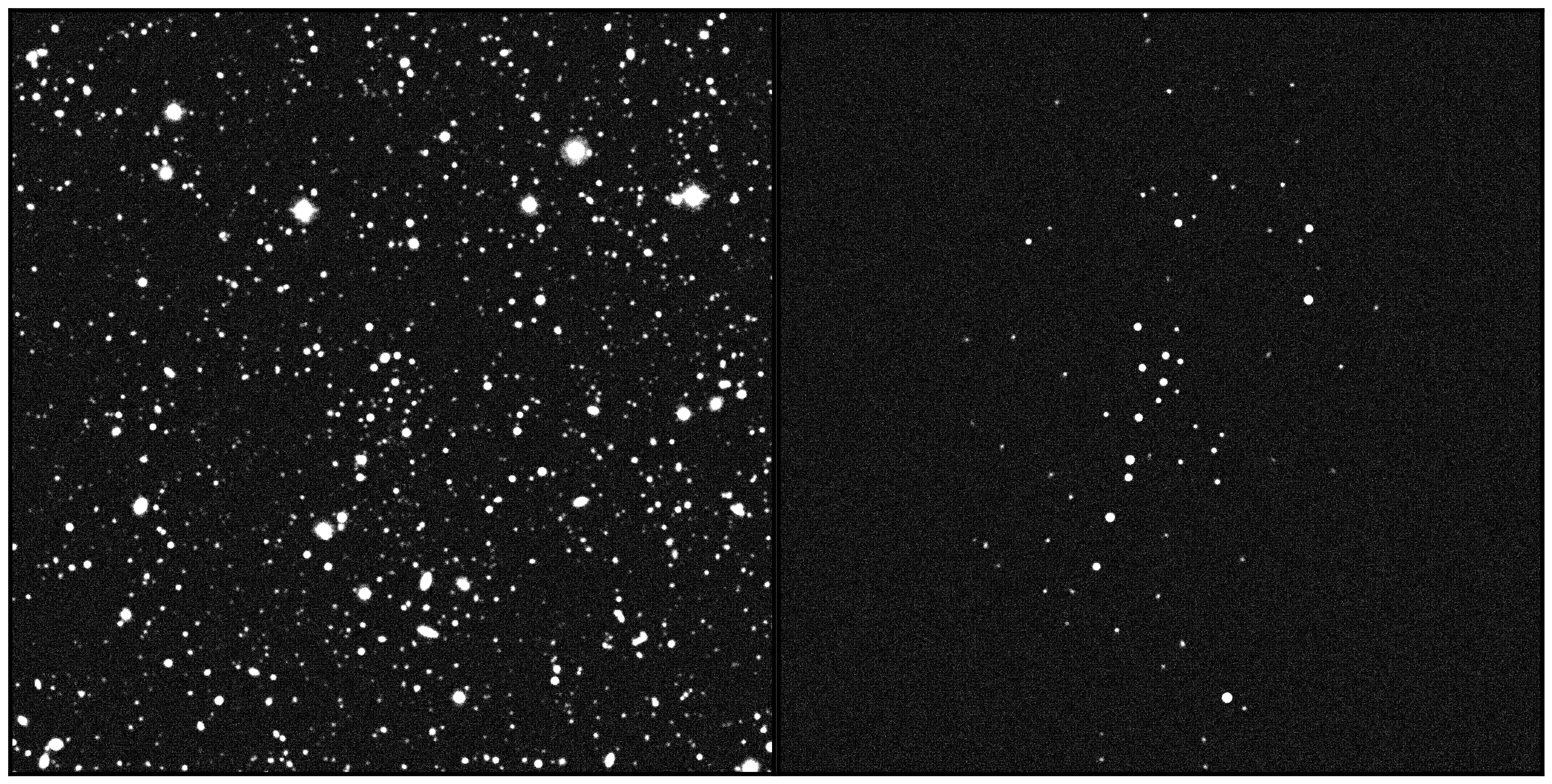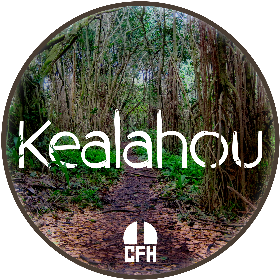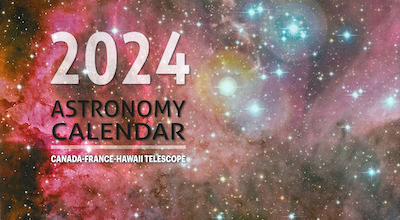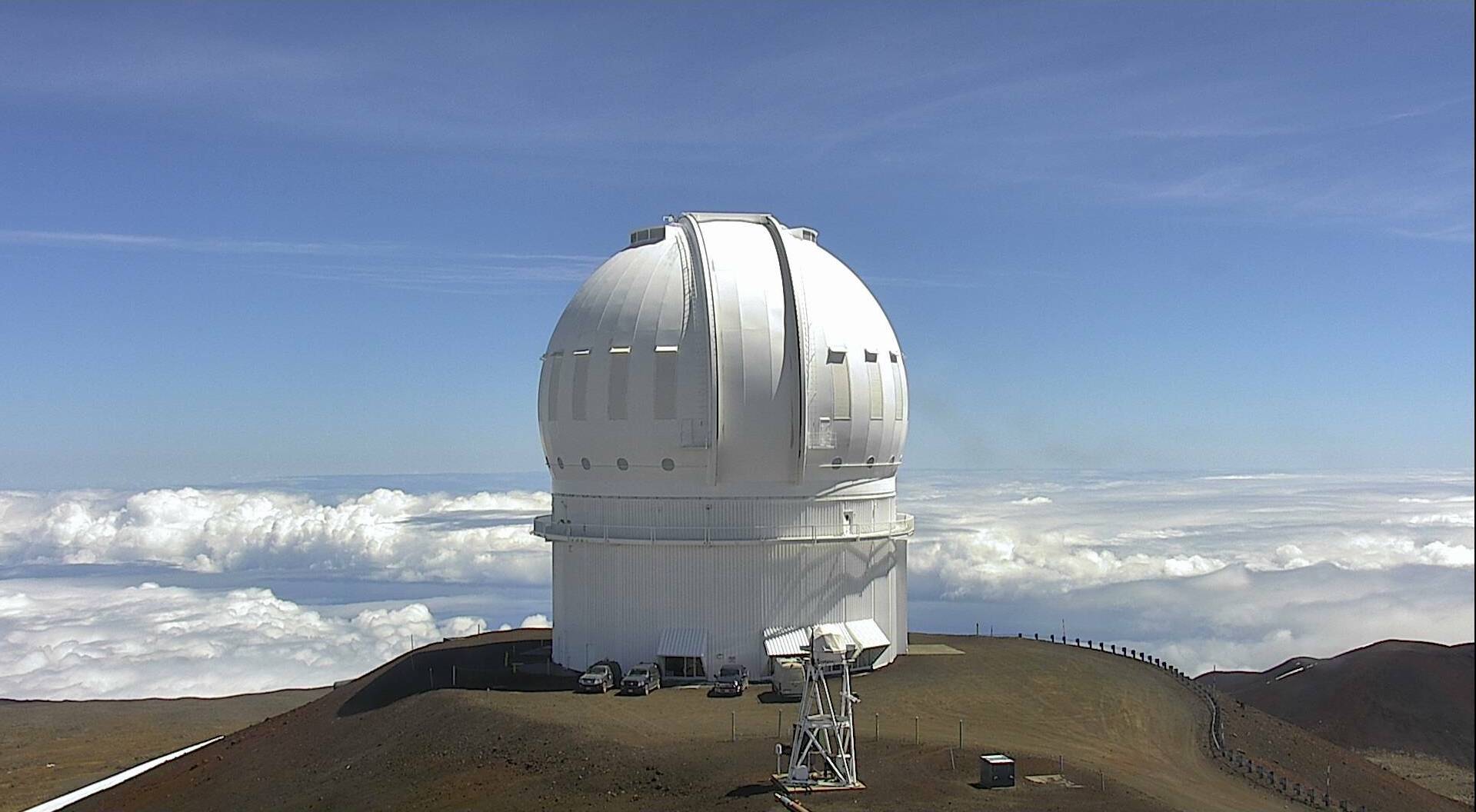VESTIGE Traces Ionized Gases of M87
The VESTIGE team, lead by Alessandro Boselli, from the Laboratoire d’Astrophysique de Marseille, using MegaCam at the Canada-France-Hawaii Telescope has recently released an extremely deep image in the narrow-band Halpha filter of the elliptical galaxy M87. Located at the heart of the Virgo Cluster, M87 is one of the most studied galaxies in the Universe. The image, used on the cover of this month’s Astronomy & Astrophysics journal, reveals the presence of spectacular filaments of ionised gas extending several kilo parsecs from the galaxy. These filaments illustrate an ongoing interaction between M87 and the surrounding environment.
M87 is the dominant elliptical galaxy in the Virgo cluster, the closest and richest cluster of galaxies located at 50 million light-years from Earth. The galaxy is located in the deep of the cluster potential well, and it is surrounded by hot and dense gas visible in the X-ray. M87 hosts the powerful radio source Virgo A, whose presence can be detected by an extended radio jet visible at multiple wavelengths across the electromagnetic spectrum. The radio jet interacts with the surrounding diffuse hot gas, producing giant bubbles that disturb the superheated plasma or intracluster medium lying between the galaxies of the Virgo Clutster.
“The very nature of these radio monsters, typical in the core of massive clusters, is still quite unclear”, says Alessandro Boselli, the VESTIGE primary investigator and lead author on the A&A paper. “They play a crucial role in galaxy evolution within high-density regions.”
VESTIGE or A Virgo Environmental Survey Tracing Ionized Gas Emission, one of the large surveys currently being observed using CFHT, observes the Virgo Cluster in part to learn more about the role of radio monsters. With fifty nights of telescope time at CFHT over the course of two years, VESTIGE aims to understand the role of environment on galaxy evolution. As a follow-up of the Next Generation Virgo Survey (NGVS) which covered the area through broad filters (ugiz) with MegaCam, the VESTIGE team uses a narrow band Halpha filter on that same instrument to conduct a deep imaging survey of the area observed by the NGVS. These extremely deep images revealed the presence of spectacular filaments and plumes of ionised gas crossing the galaxy from the south-east to the north-west. Follow up spectroscopy taken with MUSE at the VLT (ESO) suggests that the gas is shock ionised. The geometry of the gas filament and its position in relation to the radio jet and the hot gas previously observed in X-rays suggest that the gas is ionised by the expanding bubbles. Local instabilities in the intracluser medium cause the gas to cool along magnetically supported filaments into the central elliptical. These filmants may also be the remnant of the cold gas disc of a star-forming galaxy recently accreted by M87 through galactic cannibalism. As the gas falls into galaxy, it may feed the AGN in the centre of M87 and thus be at the origin of the strong radio activity of this intriguing object.
The exceptional sensitivity and angular resolution of MegaCam coupled with narrow-band filters allows the VESTIGE team to detection of extended ionised gas low-surface brightness features associated to galaxies in high-density region and are thus a key instrument to witness an ongoing perturbation. “The observing technique used by the VESTIGE team is crucial for the study of the role of the environment on galaxy evolution,” says Todd Burdullis, queue observation specialist at CFHT. “The VESTIGE team’s research using Megacam is really probing one of the main questions in extragalactic astronomy.”
The results of this research, as those of other works conducted by the VESTIGE team on this topic have been presented in a paper recently published in A&A.
Contact Information:
Media contact:
Mary Beth Laychak
Canada-France-Hawaii Telescope
laychak@cfht.hawaii.edu
Science Contact:
Alessandro Boselli
Laboratorie d'Astrophsique de Marseille
alessandro.boselli@lam.fr





